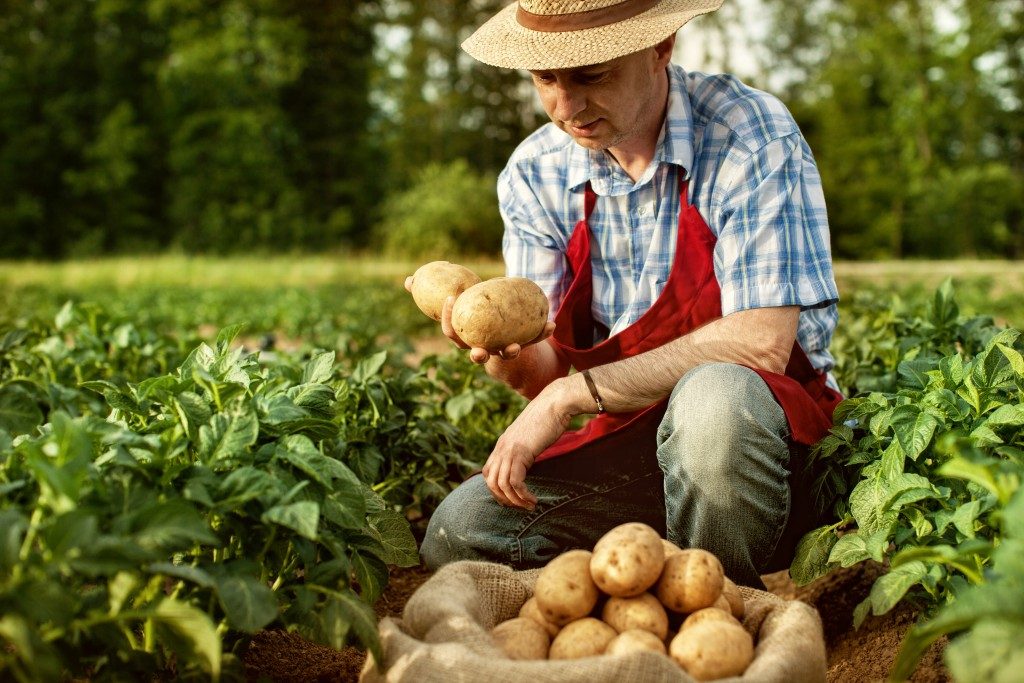
Farming doesn’t cross the mind of most city dwellers as a viable career path. It’s not exactly what people think when they look for jobs that can bring them millions. However, even small family farms earn just shy of $350,000 in gross cash farm income and the median total household income for all farm households is $75,994, higher than the average non-farming household in the U.S.
Before you accept a 1031 exchange for some land in Idaho, read a few facts about farming and the things you need to get started.
How Many Farmers are There?
The Census of Agriculture in 2012 tallied up to 3.2 million farmers operating and working on 2.1 million farms, with up to three operators manning each farm. While there are more male principal farm operators, other states New England, Arizona, Oregon, and Washington have more female farmers than other states.
A majority of active farm operators have been in the business for more than 10 years. Consistent with this is the fact that principal operators are older adults, with 61 percent of principal operators aged between 35 and 64. The average age of principal operators was estimated to be 58.3, secondary operators 53.4, and tertiary operators 46.
How Much Do They Earn?
Independent, million-dollar farms make a big sum of money. Household incomes for these large-scale commercial farms managed by families and hired hands run over $200,000 and account for 82 percent of the country’s food production.
They make great money, thanks to their ability to maximize their farmland. Multiple federal and state subsidies help drive down costs and increase revenue per output. Investing in new technologies that allow farm hands to do manual-only labor without worrying about other factors help profit margins as well.
What Do You Need to Learn?
Second-generation farmers or people who have backgrounds helping at farms have the requisite knowledge and resources to aid their education. First generation farmers likely need education from community colleges that offer agricultural technology or other related courses.
First generation farmers also need practical experience. They need to choose the kind of farms whose practices they would like to emulate. An aspiring farmer who wants to raise livestock need to work on ranches, whereas prospective vineyard owners need to learn how vines are tended to and how harvesting seasons work in orchards and the like.
How Much Do You Need to Get Started?

It takes a lot of money to afford land, whether sold outright, per installment, or through a 1031 exchange. College can easily set a person $20,000 to $120,000 back; actual farm equipment, buildings, and land can set a new farmer back about $5.17 million.
Basic equipment for crop cultivation farms cost $175,000, buildings to hold bushels and other metal buildings $200,000, operating capital can run up to $25,000, and land cost can go up to $3,750,000 for 500 acres if going by a $7,500 per acre basis. This is where financing and federal subsidies can help new farmers. The USDA has multiple types of loans and grants for new farmers to ease the burden of starting a new farm.
New farmers can get a lot of help from the government and local communities. Beginner operators should take advantage of the subsidies offered by their city or state. Getting family and friends who are as enthusiastic about the venture to join the operation will also help first-timers get started.

